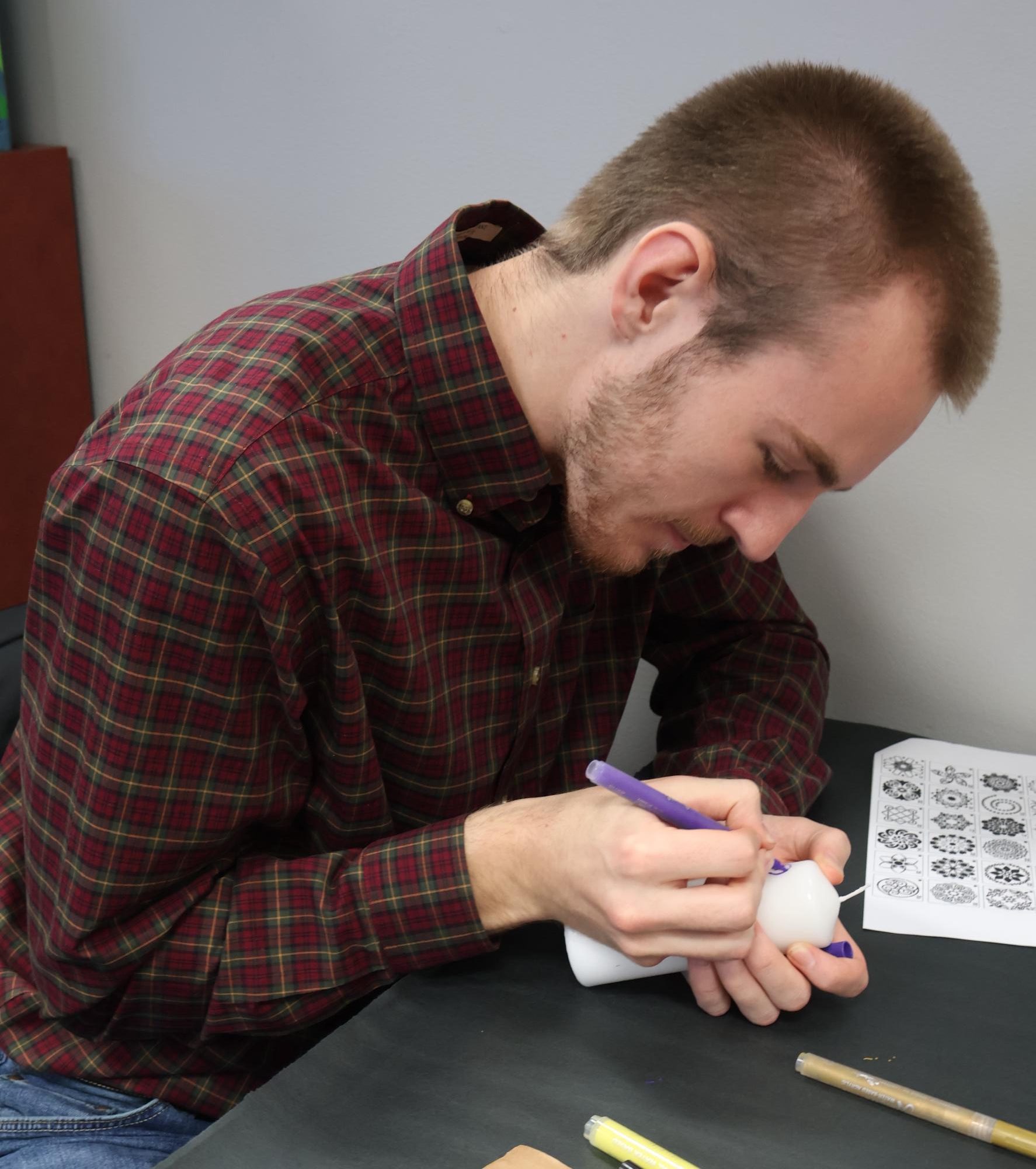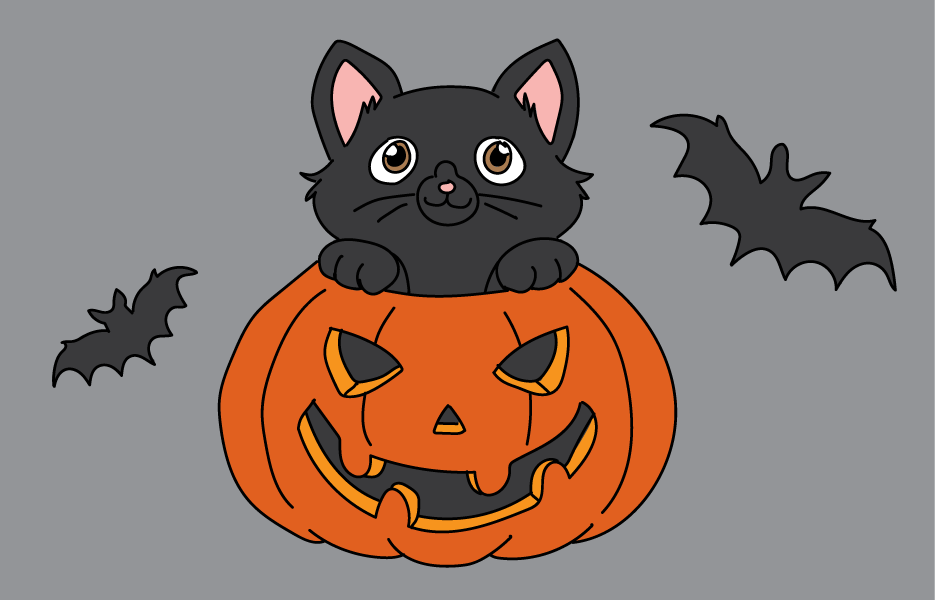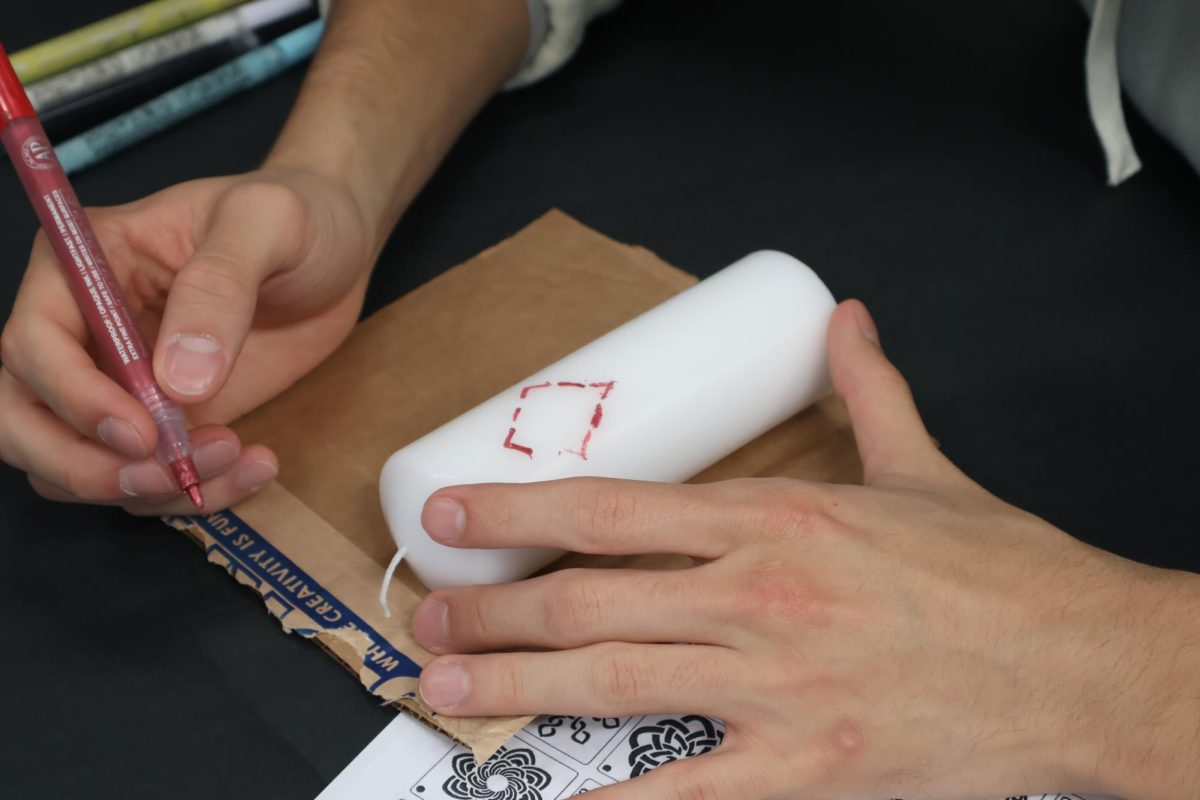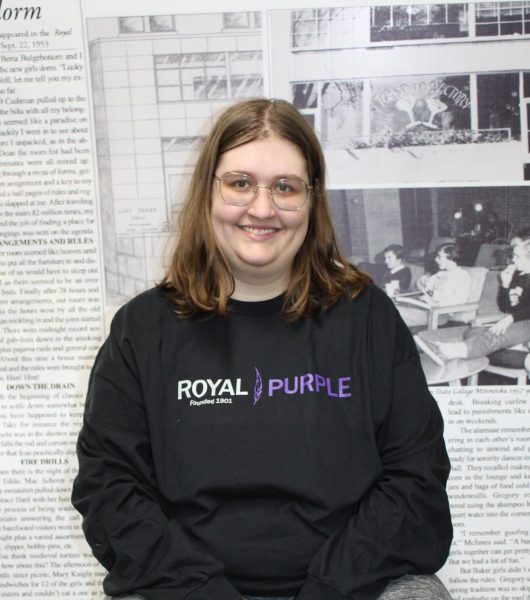Late October and early November are the peak of the Halloween season. University of Wisconsin-Whitewater students prepare their costumes, and at every turn, candy is handed out. For many students, however, this same period marks the height of two other celebrations: Diwali and Día de los Muertos.
Diwali is the largest Hindu holiday of the year. It celebrates the light overcoming the darkness, or good over evil. During the festivities, diyas — small oil lamps — and candles are lit, and rangoli — a pattern-filled art form — is created on their home’s floor. Diwali is widely practiced throughout India, neighboring countries and Hindu communities around the world. This year, Diwali was observed Oct. 20-21.
To recognize this community, the Warhawk Connection Center held the Festival of Lights: Diwali Candle Decorating Workshop Oct. 20. WCC staff presented basic details, including what Diwali is, the meaning behind the light and how people prepare for it. Dozens of students in attendance got the opportunity to decorate their own candles. WCC enrichment intern Daven Cooper, who planned the event, explained why it was held.

“I thought it would be important that one, the culture is shared on the campus,” Cooper said. “And two, how we can all, even though we come from different backgrounds, how we can all participate in it.”
Día de los Muertos, or Day of the Dead, begins a day after Halloween, spanning Nov. 1-2. Typically lasting two days, although in some communities it can last longer, the first day, families honor children who have passed, and the second day, they extend their recognition to all. At the center of the holiday are ofrendas, colorful altars that display items a loved one enjoyed, their favorite foods and photos surrounded by marigold flowers.
“These two days are meant to be not sad, but to be full of happiness,” Latinos Unidos president Ciel Melendez Martinez said. “We remember them for who they were when they were alive. We also make their favorite food, and then we make a plate for them, and we eat, but we let them let their food sit for a little bit, and then we go ahead and eat.”
Recognizing the holidays beyond those on the typical American calendar, as Cooper said, allows students and the community as a whole to learn about cultures that are often overlooked.
“Though we have an International Student Association, it’s good to represent those individual cultures that we don’t always get to see, especially at a PWI (predominantly white institution),” Cooper said.
That recognition goes hand-in-hand with participation. Cultural holidays have their roots outside many students’ lineage, but participation can explore those cultures too.
“It’s not only for us, we don’t do it just for us,” Martinez said. “We do it for our loved ones that have passed away so that we can celebrate their life. We can just remember them, because every single time that we think about them, we wanna think about them in a happy way.”

If you wish to engage with other cultural communities, the WCC is home to several cultural student organizations, and the space itself will continue to highlight other cultural events. In addition, Roberta’s Art Gallery will host “Ofrenda de Día de Muertos” Oct. 27 to Nov. 3.


